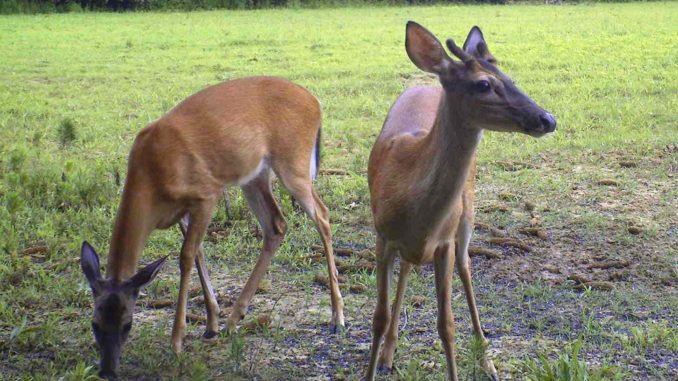
Harvest of 202,952 deer is 36.7-percent lower than record 2002 levels
South Carolina’s deer harvest dropped by 9 percent during the 2014 season, according to the S.C. Department of Natural Resources, continuing a long-term decline in the statewide harvest.
The 2014 harvest was 202,952 deer, compared to 225,806 in 2013 and 36.7 percent below the record harvest of 319,902 in 2002.
Charles Ruth, a biologist who supervises SCDNR’s deer program, said hunters took 109,446 bucks and 93,506 does in 2014.
“The population and harvest of deer have trended down since (2002) due in large part to habitat change and specifically, a reduction in prime habitat,” he said. “Coyotes are another major issue that’s developed in recent years and one that’s having a significant negative impact, particularly on the survival of deer fawns.”
Ruth said that the 2014 harvest data indicates the most productive areas of the state in term of harvest with harvest per unit area the best way to get an “apples to apples” county ranking.
Statewide, hunters harvested 9.6 deer per square mile. The top five counties in terms of total harvest were Orangeburg, Colleton, Williamsburg, Hampton and Berkeley counties. In terms of harvest per square mile, Bamberg County topped South Carolina counties with 18.0 deer harvested per square mile, followed by Greenwood County with 15.5, Spartanburg County with 15.2, Abbeville with 14.6 and Hampton with 14.1.
Ruth said hunter interest on Wildlife Management Areas (WMA) remained high, with 59,408 licensees having a WMA permit. He said 7,215 deer were taken on WMAs in 2014, a 15.9-percent decrease from 2013.
“Although the deer population and subsequent harvest has declined in recent years, South Carolina has remained at the top among southeastern states, many of which are also experiencing a declining harvest trend,” Ruth said.
“Given this data and declining numbers and the extremely difficult and high cost of coyote control, it seems apparent that making adjustments to how we manage deer, particularly female deer, is more important now than prior to the colonization of the state by coyotes.”


Be the first to comment